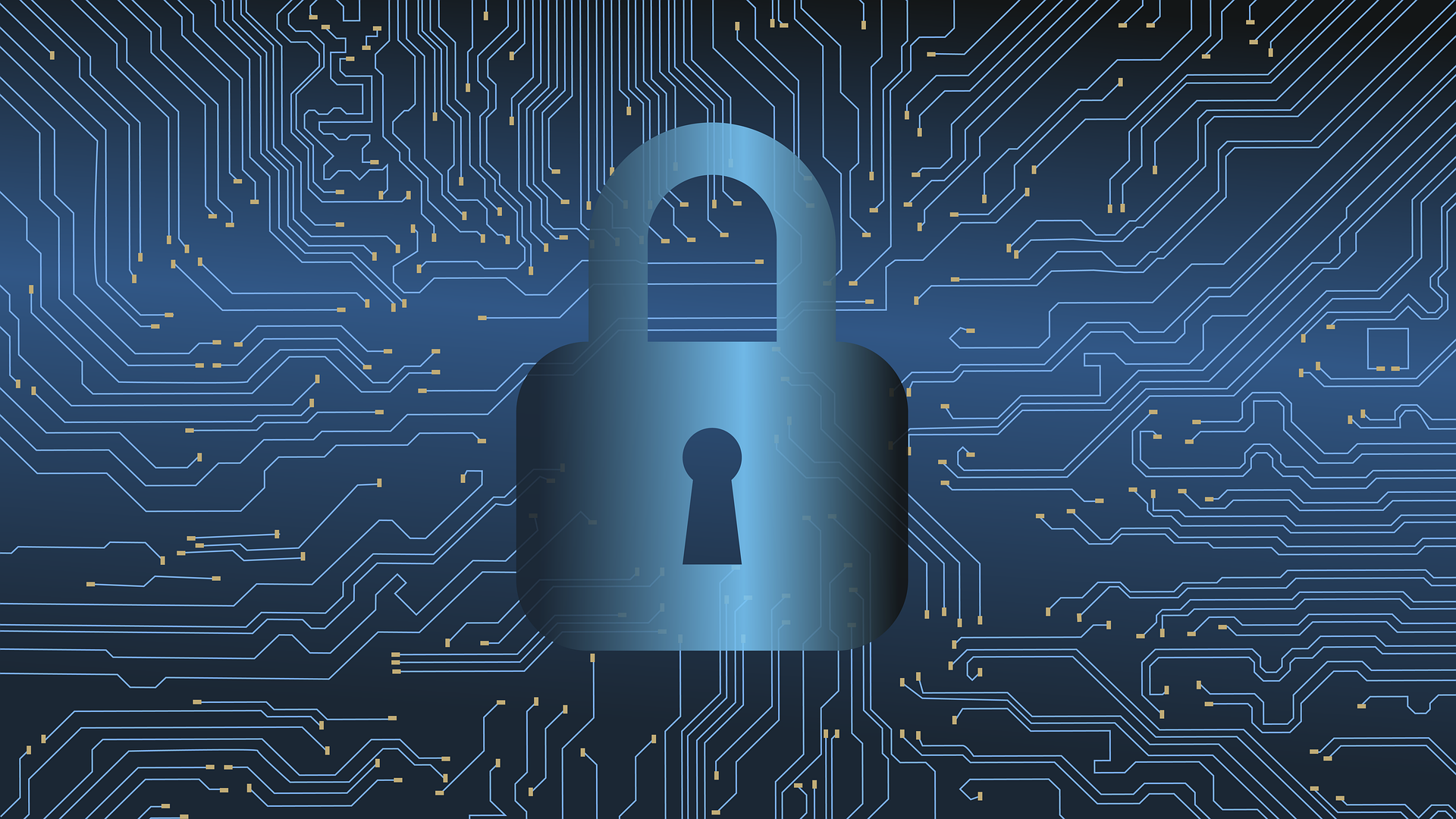
There is no such thing as a perfect cybersecurity strategy. But there are a set of best practices that provide the strongest and most reliable security available. Companies may never be able to identify and stop every kind of cyber incident. With best practices in place, however, they benefit from the greatest protection available.
The National Institute of Standards and Technology (NIST) has produced a set of best practices that is followed widely. They are quite detailed, but they generally encourage companies to invest resources in the five following areas:
-
Identifying Threats
-
Preventing Threats
-
Detecting Infections
-
Responding to Infections
-
Resolving Infections
Each one of the those categories requires careful planning and discussion. They also require an investment into security tools, professionals, and other resources. But what is by far the most important takeaway is that each of these best practices is interconnected.
The Holistic Nature of Cybersecurity
There is a reason it’s called a cybersecurity strategy rather than a cybersecurity solution. Defending against every possible cyber risk takes lots of different defenses and contingencies. Trying to rely on one tool or one aspect of cybersecurity leaves companies vulnerable to major risks.
That is why the NIST best practices focus equally on defense and response. Companies must make every effort to spot threats well in advance and deflect them before they cause any harm. But doing that consistently and reliably is a challenge for even the largest organizations. And if they are not prepared for the attacks, breaches, and incidents that are inevitable, the damage is much worse.
The intention of the NIST guidelines is to get companies thinking about cybersecurity in a holistic way. Every protection builds off the others, and without each element a cybersecurity is incomplete. In order for these guidelines to be as effective and instructive as possible, they are constantly being reevaluated. It’s likely that a new best practice will be added to the list that makes all the other elements more secure.
Make Prediction a Priority
Each of the five best practices on the list is about doing something in the moment. But part of what makes cybersecurity so challenging is having to make big decisions quickly and under high pressure. The more time companies have to plan and prepare before they act the better. And to do that, companies need to be able to predict things faster.
Once again, that applies to both detection and response. Companies must be able to predict where, when, and how threats are likely to appear. They must also predict what kinds of short- and long-term risks those threats create. Consulting with cybersecurity insurance companies is a great way to understand the full economic and operational impact.
There will always be limited resources for cybersecurity. Targeting them where they are most needed is essential, which is what predictions accomplish. Companies are able to invest in the protections they most need. And when those protections fall short, they have the means to minimize the damage.
It can be a baffling process to tackle cybersecurity. Following the NIST guidelines is a great way to keep things in perspective and focus on the right priorities. Make each of the five outlined above a priority. Then find a way to act sooner and more certainly in each instance.